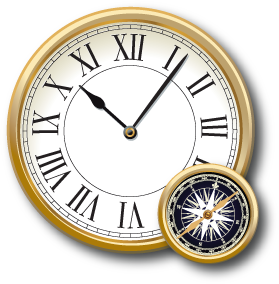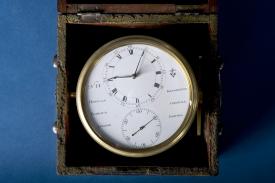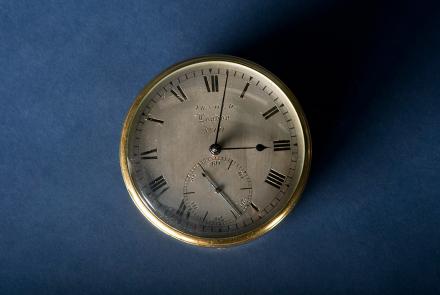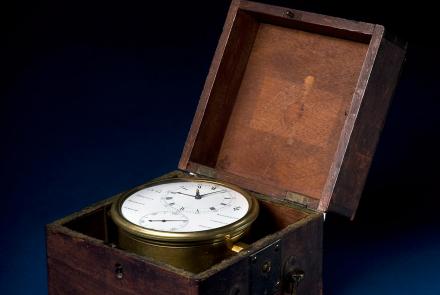Making the sea clock practical was critical to improving sea navigation.
To design and build a standardized seagoing timekeeper took decades. John Harrison’s timekeepers were ingenious but difficult to reproduce accurately and affordably. Still, they guided the work of later watchmakers, whose modifications would standardize the portable timepieces that came to be known as marine chronometers.










